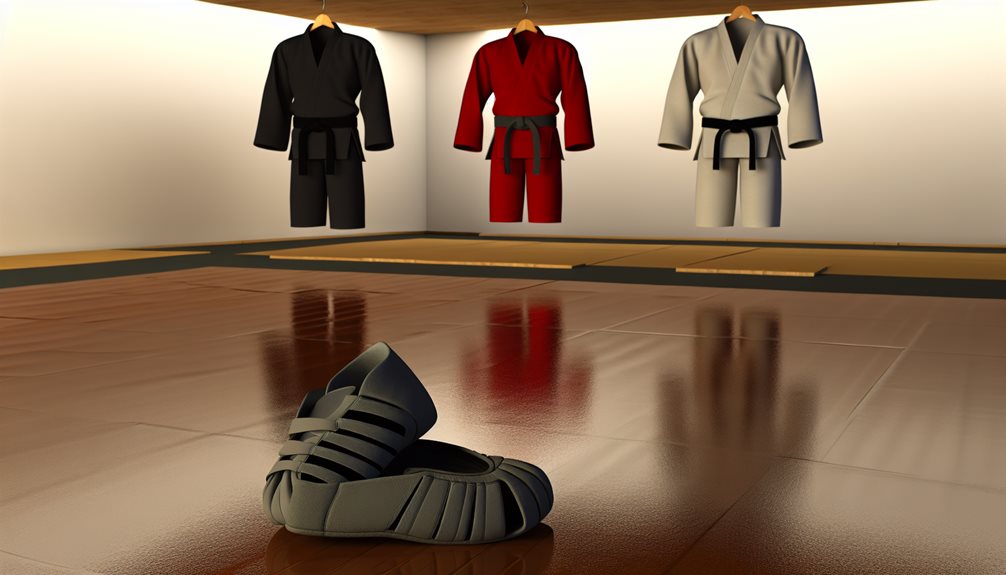Selecting an appropriate martial art requires thoughtful consideration. Many enthusiasts make hasty decisions based on media portrayals or passing trends, often leading to wasted time and eventual disenchantment. A systematic approach can prevent these pitfalls. The process involves three critical steps: identifying personal objectives, evaluating physical capabilities, and reviewing practical factors. These considerations serve as the foundation for a satisfying martial arts journey. The following framework offers clear guidance for those facing this important decision.
Determine Your Personal Goals and Motivation
Why does someone want to learn a martial art? Practitioners must honestly assess their primary objectives before selecting a discipline. Common motivation factors include self-defense, physical fitness, competitive sport, mental discipline, or cultural appreciation.
Effective goal setting provides a framework for measuring progress and maintaining commitment. Students should consider whether they prioritize striking techniques, grappling methods, weapons training, or philosophical elements.
Furthermore, they must evaluate their time commitment capacity, physical condition, and long-term aspirations.
The selected martial art should align with personal motivation rather than temporary trends or media influences.
Assess Your Physical Capabilities and Health Considerations
Many prospective martial artists overlook the critical importance of honestly evaluating their physical capabilities before selecting a discipline.
A thorough fitness assessment should address flexibility, strength, endurance, balance, and existing medical conditions. Some arts demand exceptional joint mobility, while others require significant cardiovascular stamina.
Practitioners with prior injuries should consult medical professionals about suitable options. For example, individuals with knee problems might avoid styles emphasizing deep stances or high kicks. Instead, they might consider arts focusing on upper body techniques or ground fighting.
Injury prevention begins with choosing a martial art compatible with one’s physical condition, ensuring sustainable long-term practice.
Evaluate Practical Factors: Time, Location, and Cost
Practical considerations often determine the sustainability of martial arts training beyond initial enthusiasm. Prospective students must assess available class schedules against their personal commitments, ensuring consistent attendance remains feasible.
Proximity to training facilities markedly impacts long-term adherence; ideally, dojos should be within 30 minutes of home or work.
Training fees vary substantially between disciplines and schools. Traditional dojos may charge $50-200 monthly, while MMA gyms often command premium rates.
Additional costs include uniforms, equipment, testing fees, and seminars. Students should calculate the total financial commitment before enrolling, as unexpected expenses can derail training progress.

